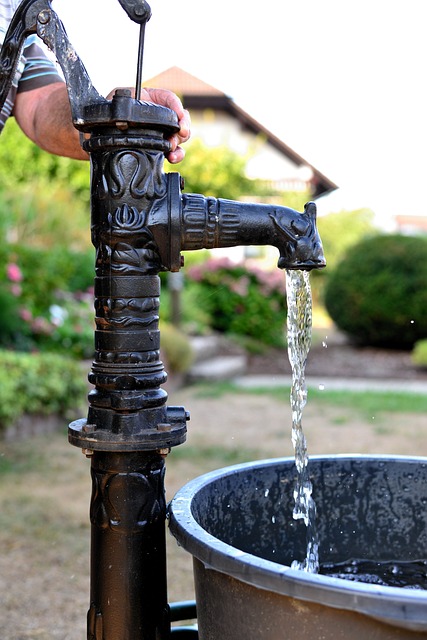Reimagining Industrial Maintenance: A Look at Predictive Maintenance Strategies
Traditionally, industrial maintenance was largely reactive, often resulting in unexpected machine breakdowns and costly downtime. The two dominant historical approaches include corrective maintenance, which involved fixing equipment after it failed, and preventive maintenance, which relied on scheduled check-ups and replacements regardless of the machine's actual condition. Despite their benefits, these strategies were not without shortcomings, resulting in inefficiencies and substantial costs.

The Advent of Predictive Maintenance
Predictive maintenance (PdM) emerged as a response to these challenges. By leveraging advanced technologies like machine learning, data analysis, and Internet of Things (IoT), PdM allows businesses to predict and address equipment failures before they occur. The strategy relies on real-time monitoring of equipment conditions and performance, enabling timely interventions and more efficient resource allocation.
The Current Landscape: Embracing Predictive Maintenance
Today, a growing number of businesses are adopting predictive maintenance strategies, driven by the potential cost savings, improved resource allocation, and enhanced operational efficiency. According to a recent report by Markets and Markets, the global predictive maintenance market size is projected to grow from USD 4.0 billion in 2020 to USD 12.3 billion by 2025, highlighting its increasing adoption among businesses.
The Impact of Predictive Maintenance: Benefits and Challenges
Predictive maintenance offers numerous benefits, including reduced downtime, enhanced operational efficiency, and lower maintenance costs. It allows for improved resource allocation, as maintenance can be scheduled during non-productive hours, minimizing disruptions. At the same time, PdM can also provide valuable insights into equipment performance and lifespan, aiding in strategic decision-making.
However, implementing a predictive maintenance strategy is not without its challenges. These can include high upfront costs, the need for specialized skills, and challenges related to data privacy and security.
The Future of Industrial Maintenance
As technology continues to evolve, predictive maintenance strategies are likely to become even more sophisticated. Developments in areas like machine learning and artificial intelligence could further enhance the ability to predict and prevent equipment failures, driving significant efficiency gains and cost savings.
Practical Insights: Implementing Predictive Maintenance
- Start small and scale up: Begin with a pilot project focusing on a specific piece of equipment or a particular production line. This approach allows businesses to assess the benefits and challenges of PdM before scaling up.
- Invest in the right technology: A successful predictive maintenance strategy requires the right technology. This includes sensors to monitor equipment conditions, data analysis tools to interpret the data, and software to visualize and communicate the results.
- Train your team: Predictive maintenance requires a different skill set than traditional maintenance approaches. Training your team in areas like data analysis and machine learning can be critical to success.
In conclusion, predictive maintenance represents a significant evolution in industrial maintenance practices. By enabling businesses to predict and prevent equipment failures, it offers potential for significant cost savings and efficiency gains. However, successful implementation requires careful planning, investment in the right technology, and ongoing training and skills development. As technology continues to evolve, the potential benefits of predictive maintenance are likely to grow, making it an increasingly attractive option for businesses seeking to enhance their operational efficiency.




